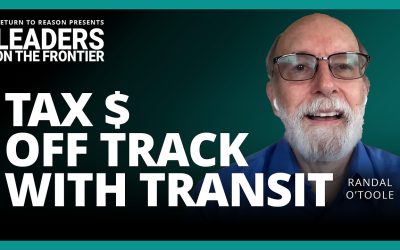Thought experiment: Imagine if you bought a small house in an expensive but low-crime neighbourhood, or a larger home in a more inexpensive but crime-ridden suburb. Assume both have the same value. Would you be happy to pay the same for insurance in both cases, despite the different crime rates?
Answer "no" to that hypothetical question and you've hit upon a critical factor in the calculation of insurance rates: More risk equals higher premiums. Take a two-day trip to Chicago and your travel insurance will be significantly less than if you explore Iraq or want to mud-wrestle crocodiles in Australia.
But the logic of factoring risk is thrown out whenever the Insurance Corporation of British Columbia sets its rates but doesn't include age and sex. That's driven in large measure by political pressure. And that stems from the dislike of some consumers for proper calculations about how likely they are to slam into a streetlamp.
But before delving into arbitrary interference in risk calculations by provincial Liberals — who long ago promised to introduce more auto insurance competition — there's a balloon that needs to be popped. It's the myth that government-owned insurance in British Columbia leads to cheaper rates than in Alberta.
Sorry, wrong. It only applies to young male drivers. For everyone else in B.C., rates are higher than they would be in a fully competitive insurance system and one where proper risk assessment was allowed.
All else being equal (kilometres driven, etc.), the belief that B.C. has lower rates than Alberta is partly due to shoddy and cherry-picked "research" by the misnamed Consumers Association of Canada. Two years ago, that group argued that Alberta consumers on average pay more than British Columbians.
That claim was based on 34 examples of various drivers. But the CAC only provided actual dollar estimates (based on the median price) in two categories. When I asked CAC spokesman Bruce Cran for all 34 median prices, and also the low-to-high range of prices he found, Cran refused. And for good reason: Most consumers don't buy the middle price out of 10 quotes for auto insurance; most choose the lowest price.
So in Alberta-B.C. comparisons, there were at least four or five Alberta prices in each category that were lower than the median price publicly published by the consumer group.
Because the Consumers Association wouldn't release its data, I asked Canadian Direct to provide me with their quotes for all 34 Consumers' Association-created categories for Alberta and to obtain the government rates for B.C.
A comparison of ICBC versus Canadian Direct price quotes for both provinces revealed that out of five Alberta cities surveyed by the consumer group with 34 examples each (for a total of 170), consumers could buy cheaper insurance in Alberta in 137 cases.
And that was only one private insurance company. There are hundreds of other Alberta insurance companies, so there's an excellent chance that Albertans might well be able to find a price that beats B.C. in most categories.
At the time, even the Ontario director of the Consumers Association said that Cran's comparisons "violate arithmetic" and "slant the picture."
They do, but the flawed studies help sustain the myth that B.C.'s government-run insurance monopoly on basic auto insurance was and is a good deal.
But the 2003 brouhaha had the desired effect: Even the Alberta government started to regulate automobile insurance rates; it also demanded rollbacks and set limits on what can be charged to young drivers.
Government interference in proper risk calculation, whether in competition-happy Alberta or in ICBC-land, is perverse. You can try to cheat probabilities by making insurance "neutral" as regards age and sex as does ICBC.
But insurance is useful not just because it pools risk, an important benefit, but because properly calculated risk and rates remind drivers they are not helpless waifs floating on a sea of chance. They have choices, especially in their driving habits. By subsidizing low insurance rates for young drivers, ICBC actually promotes irresponsible driving, despite its public relations blather to the contrary.
If B.C. had wide-open competition for auto insurance in basic coverage and without artificial prohibitions against taking age and sex into account, young male drivers of the sort that engage in headline-creating high-speed chases in downtown Vancouver would likely pay more, but before they slam into someone else.
And that leaves one last question, not at all hypothetical this time: Who do you think now subsidizes their artificially low rates?
—
mmilke@telus.net


